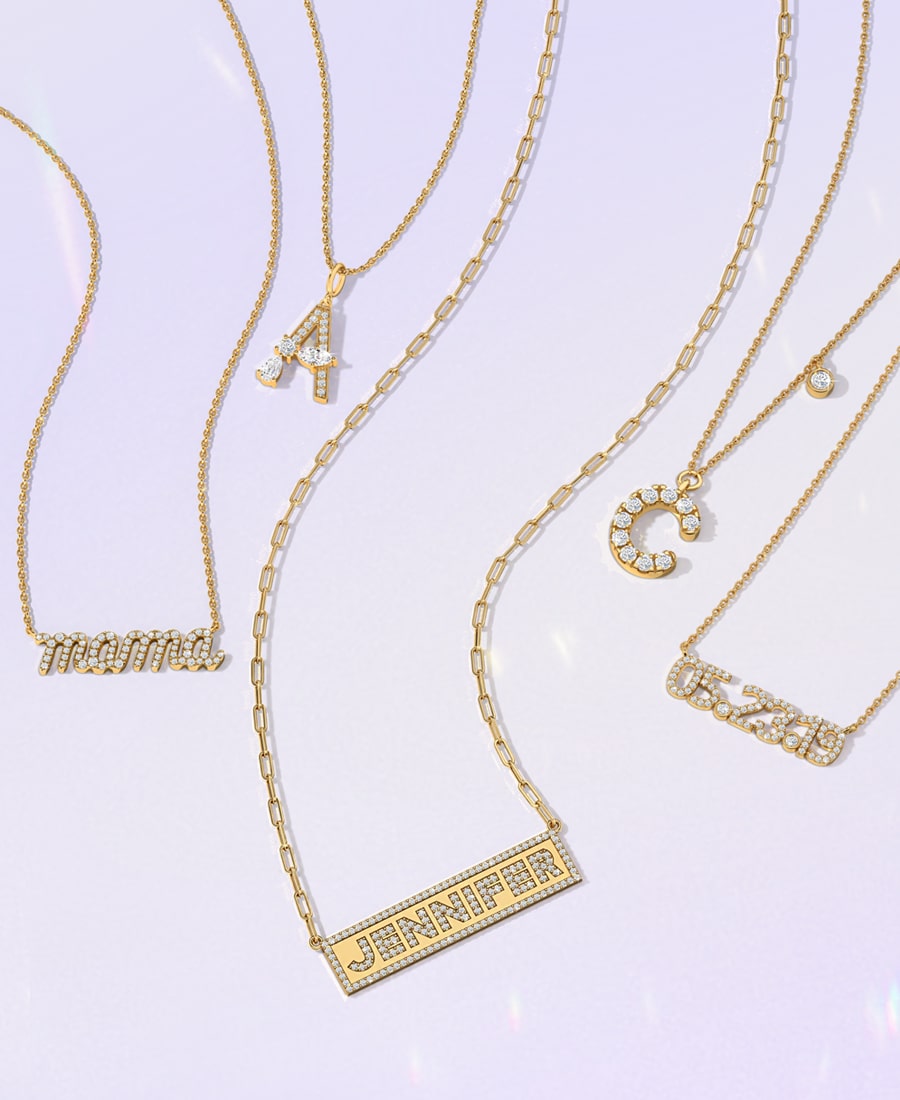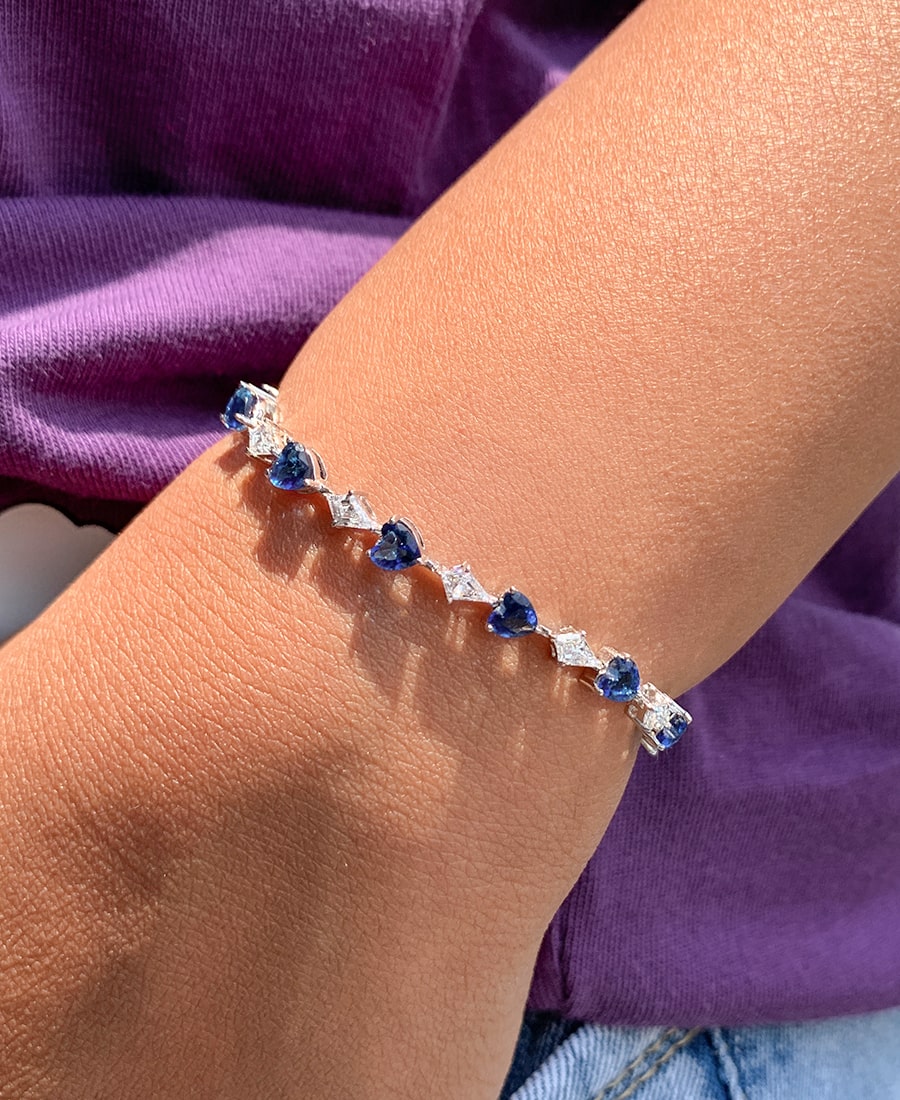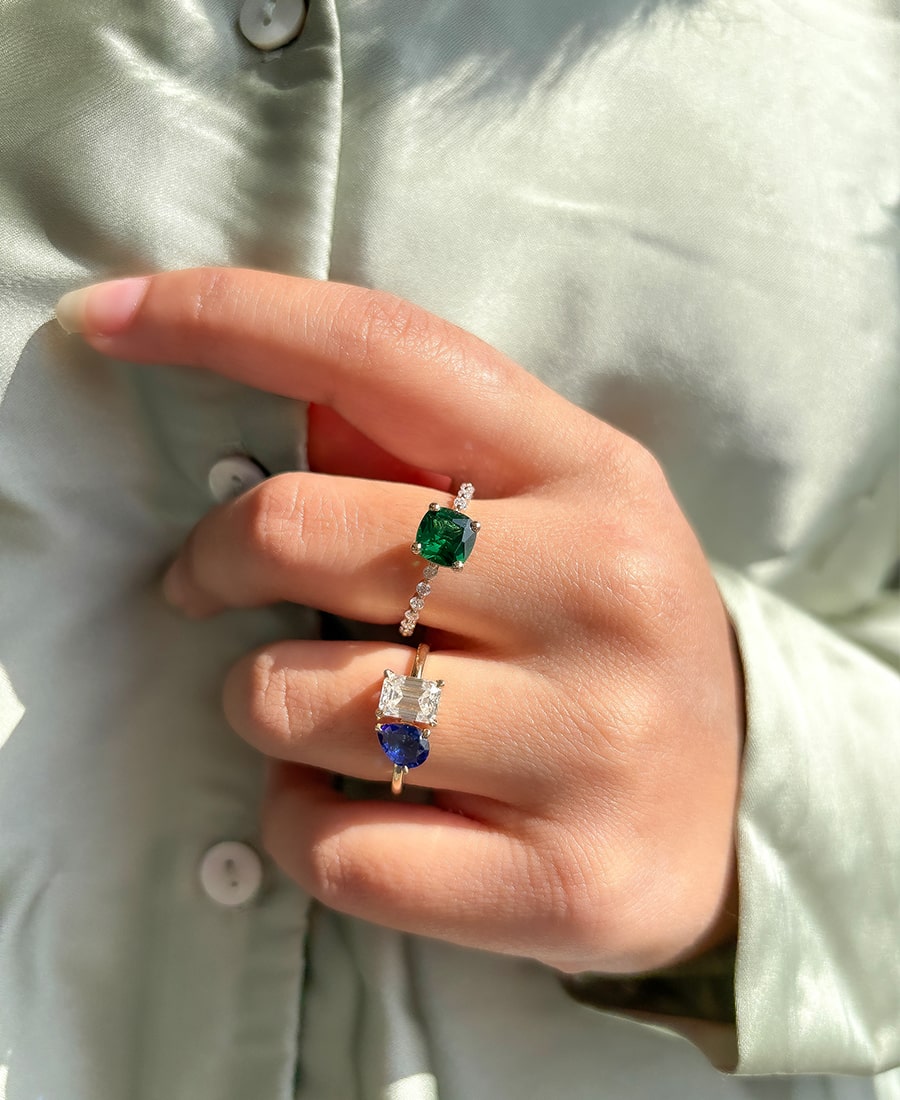
How to Measure Your Diamond by Yourself: A Comprehensive Guide
Evaluating the size of an object is crucial, whether it is used in the setting process of a diamond, during the identification of the size of the diamond, or even in estimating the value of a diamond. Although professional jewelers employ precise tools, there are tools on how to measure your diamond with considerable accuracy from home. It is important to measure the diamond yourself so that you have all the necessary data. In this article, you will find detailed instructions and tips.
Key Takeaways
| 1. Understand the tools needed: Dig deep into the theories of how to properly measure a diamond and the role of the Presidium gauge. 2. Differentiate Between Size and Weight: Learn the difference between the length, width, and carat weight of a diamond. 3. Accurate Measurement Techniques: Find out how to measure the diameter, depth, and other measurements of a cylindrical tank. 4. Alternative Estimation Methods: Examine approaches that can be used to determine the size of a diamond using simple instruments. 5. Verification and Validation: See other tests that can be used to determine if a diamond is real or not. |
Tools Needed for Measuring a Diamond
To measure your diamond accurately of diamond engagement rings, you will need specific tools designed for precision and accuracy. Here's a list of essential tools:
Presidium Diamond Gauge
Dial Version: This is especially popular among jewelers to check the diameter and depth of individual diamonds, which is crucial for further work.
Digital Display Version: Another option that offers easier measurement and is likely to be easier to read compared to other forms of measurement.
Millimeter Ruler
For Rough Measurements: If having a precision gauge is not possible, this might be used, although it is less precise and should not be used for exact work.
 |
Measuring the Diamond
When measuring a diamond of oval engagement rings, it is important to take a picture of the diameter and thickness of the stone in the case of a round shape, or length, width, and depth in the case of diamonds that are referred to as fancy shapes.
Measuring Diameter and Depth with the Presidium Gauge
- Place the Diamond in the Gauge: Position the diamond delicately between the jaws of the Presidium gauge. Make sure the diagonals of the gauge touch the tips at the widest part of the diamond.
- Read the Diameter: Point on the dial or numbered indicator. This is the size of the diamond relative to its width or thickness.
- Measure the Depth: Arrange it in such a manner that you can use a ruler to measure the size of the table downwards to the culet. Record this measurement.
Recording Measurements
Round Diamonds: For round diamonds, you will normally take the smallest and largest diameter measurements along with the depth. This might look something like this: Diameter displaying the least and the largest one x depth.
Fancy Shapes: For other shapes, such as Princess, Emerald, and Trillion cuts, you will be measuring width, length, and depth.
Common Measurements of Round Diamonds
|
Carat Weight |
Diameter (mm) |
Depth (mm) |
|
0.25 |
4.0 |
2.5 |
|
0.50 |
5.1 |
3.1 |
|
1.00 |
6.4 |
4.0 |
|
1.50 |
7.2 |
4.5 |
|
2.00 |
8.1 |
5.0 |
Estimating Diamond Size Without a Gauge
If you don’t have access to a precision gauge, there are alternative methods to estimate the size of your diamond:
1. Using a Diamond Size Chart
Online Resources: Most online stores provide diamond size conversion charts that indicate how size relates to carat weight. With the help of these charts, you can assume the size of the diamond depending on its carat weight.
2. From a Diamond Certificate
Lab-Certified Reports: It is common to find that when a diamond is certified, the report may contain measurements of the diamond. The dimensions will be under the ‘measurements’ part. For instance, measurements may be written in the form of integers, such as 4.98 x 3.01 mm.
Understanding Multiple Measurements
Why Three Measurements? For round diamonds, it is normal for there to be a difference in the diameter according to the place that it is measured from. Certificates will indicate the least and greatest diameter, as well as the depth to address these differences.
Other Tests to Confirm the Diamond’s Genuine
In addition to measuring the size of your diamond, it’s important to verify its authenticity. Here are some simple tests you can perform at home:
1. Water Test
Density Check: Take a glass containing water and place the loose diamond in it. Real diamonds are very heavy and will settle at the bottom of the container. That is, if the diamond appears to levitate or float, it could have been a fake one.
2. Fog Test
Heat Conductivity: Pick up the diamond using your fingertips and then blow on it. Real diamonds help spread heat, and therefore, the fog that forms from your breath evaporates almost instantly. If it stays cloudy, the diamond is most likely a fake.
3. Newspaper Test
Refraction Test: Lay the diamond on the newspaper with text content. In simple terms, one should be able to read the letters through the diamond in the real one and if this is not possible, then it is most probably a fake one. Real diamonds also distort the light, and in most cases, it is impossible to read the text behind the diamond.
4. Heat Test
Thermal Stability: We take heat-resistant gloves and pliers and, using the lighter, heat the diamond for at least a minute before immersing it in cold water. Real diamonds can sustain changes in temperature, either hot or cold, while imitation stones may break into smaller fragments.
5. UV Light Test
Fluorescence Check: Bring the diamond near a UV source, such as a lamp. Original diamonds also fluoresce; that is, they glow blue. However, real diamonds do not fluoresce in some cases; hence, this test should be conducted hand in hand with the other tests.
Conclusion
It is possible to measure your diamond accurately at home, depending on the various tools and methods that you will use. Not confusing size with carat weight, having a trained eye and hand, using specialist tools, including the Presidium gauge, and utilizing other methods of estimation are critical measures to use when trying to ensure that your diamond is correctly measured and appraised. In furtherance to this, there are simple tests that one can conduct, to ensure that the gemstone is real, to avoid having it replaced by a fake one.
FAQs
1. Is there any way that I can measure a diamond when I don’t have a professional tool and equipment to do it with?
Yes, this can be done with the help of a diamond size chart or in the case of specific measurements taken from a lab certificate.
2. What is the difference between the size of the diamond and the carat weight?
Dimension deals with the physical size of the diamond, which is described in millimeters, while carat weight has to do with how heavy or light a diamond is, which is described in carats.
3. Which device is considered the most accurate one for the definition of a diamond?
The Presidium gauge, particularly the dial-type one, is advised to be used for accurate measurement.
4. Are there any basic methods to check the authenticity of my diamond?
It is possible to carry out tests such as the water test, fog test, and ultraviolet lamp test to check the authenticity of the diamond.
5. Why are three measurements given for round diamonds on certificates?
They represent the smallest and largest diameters and depths, accounting for slight variations in the diamond’s cut.






